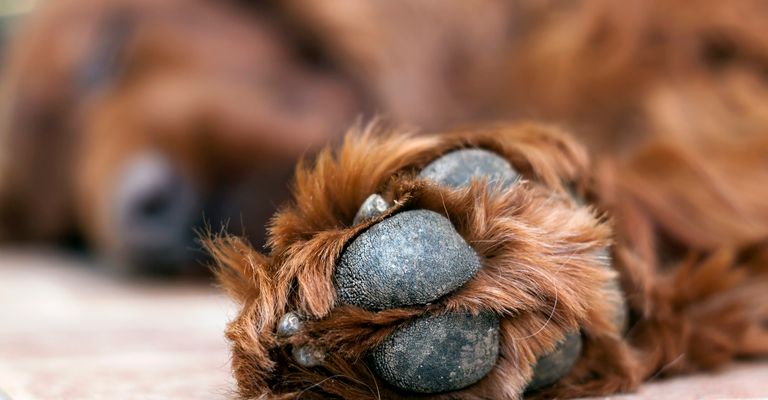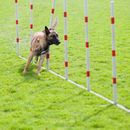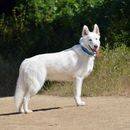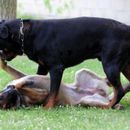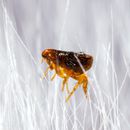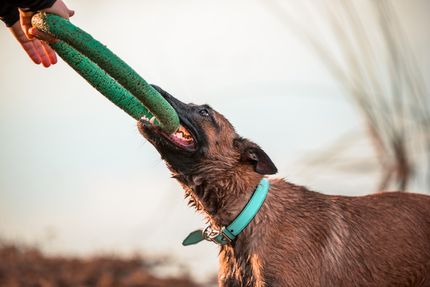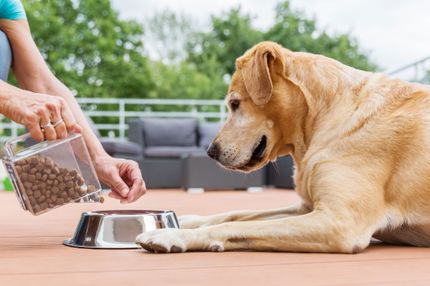In the world of pet health, interdigital granuloma, also known as pododermatitis, is a condition in dogs that should not be underestimated. This condition, characterized by inflammation and granuloma formation between the toes, can be both painful and debilitating for the affected animal. In this blog post, the causes, symptoms and treatment options for this complex condition will be discussed in detail to provide pet owners with an in-depth understanding and guidance on how to manage this condition.
What is interdigital granuloma?
Intertarsal granuloma is an inflammatory condition that affects the paws of dogs, particularly the area between the toes. It is a form of pododermatitis in which granuloma formation occurs, which can be triggered by various factors.
Causes of interdigital granuloma
Various triggers are known that can lead to the development of interdigital granuloma in dogs. These factors, which play a crucial role in the development of the condition, include a wide range of possible causes, which are explained in more detail below:
- Allergies: one of the most common causes of interdigital granulomas is allergies. These can be triggered by environmental allergens such as pollen, mold, dust mites or certain foods. Allergic reactions lead to itching and inflammation, causing the dog to lick or chew at its paws. This prolonged irritation can promote the formation of granulomas.
- Infections: Bacterial or fungal infections in the spaces between the toes can also contribute to the development of granulomas. Moisture and heat in these areas create an ideal environment for the growth of microorganisms, which can lead to inflammation and subsequent granuloma formation.
- Foreign bodies: Small foreign bodies such as thorns, splinters or burrs that become lodged in the skin between the toes can cause mechanical irritation and inflammation. The body often reacts to these intruders with an excessive tissue reaction that leads to granuloma formation.
- Chronic irritation: Constant friction or pressure, for example from inappropriate footwear (in dogs that run in rough terrain or have to wear special shoes), can lead to chronic irritation and inflammation of the skin. This repeated traumatization of the tissue can eventually result in a granuloma.
- Genetic predispositions: Some dog breeds have a genetic predisposition to developing pododermatitis and interdigital granulomas. This predisposition means that certain breeds are more prone to this condition than others due to their genetic predisposition.
Symptoms that indicate an interdigital granuloma
Symptoms of interdigital granuloma can vary, but typically include swelling, redness, pain and the formation of lumps or masses between the toes. Affected dogs often exhibit licking or chewing at the affected areas, which can lead to further complications.
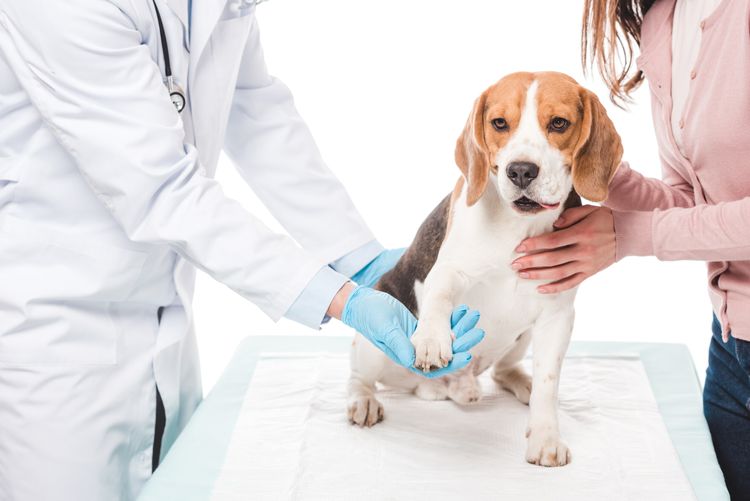
Diagnosis of suspected interdigital granuloma
A thorough examination by a veterinarian is required to diagnose an interdigital granuloma. This may include a visual inspection of the paws, palpation of the affected areas and possibly further diagnostic measures such as biopsies or imaging to determine the exact cause and extent of the condition.
Treatment options for interdigital granulomas
Treatment of an interdigital granuloma depends on the underlying cause. Common approaches include removal of foreign bodies, administration of medications to fight infection and inflammation, allergy management, and in some cases surgical intervention. Proper care and follow-up are critical to ensure a full recovery and prevent recurrence.
Preventive measures against interdigital granulomas
Although not all cases of interdigital granulomas can be prevented, regular paw checks, avoiding excessive irritation and maintaining good overall health can help minimize the risk of developing this condition.
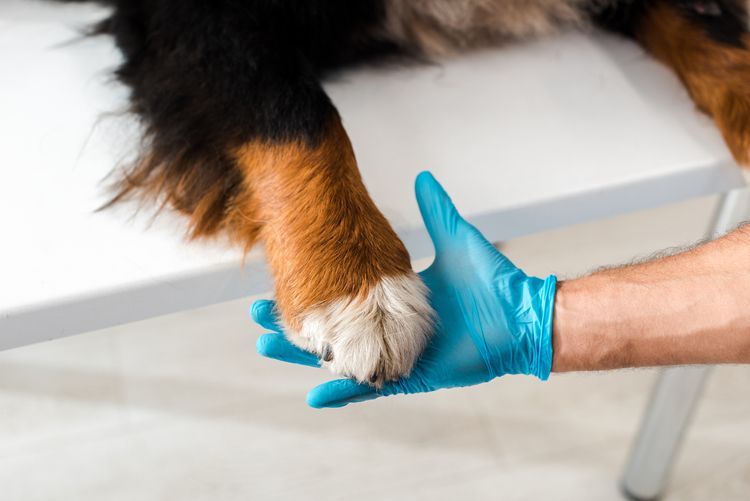
Interdigital granulomas pose a serious health challenge for many dogs and their owners. However, by understanding the causes, symptoms and treatment options, pet owners can play a crucial role in the early detection, treatment and prevention of this condition. Working closely with a veterinarian is essential to develop the best treatment plan for each individual case and to ensure the well-being and quality of life of the affected dog.
